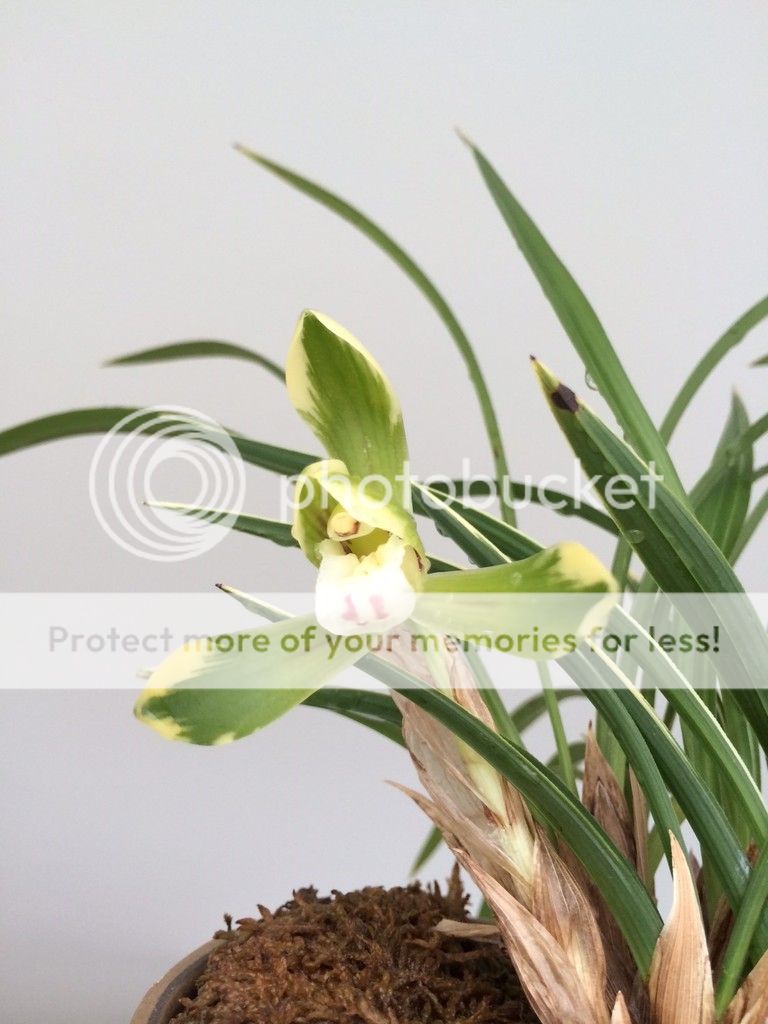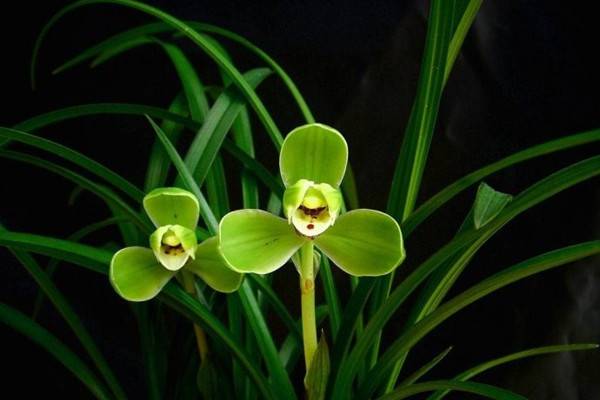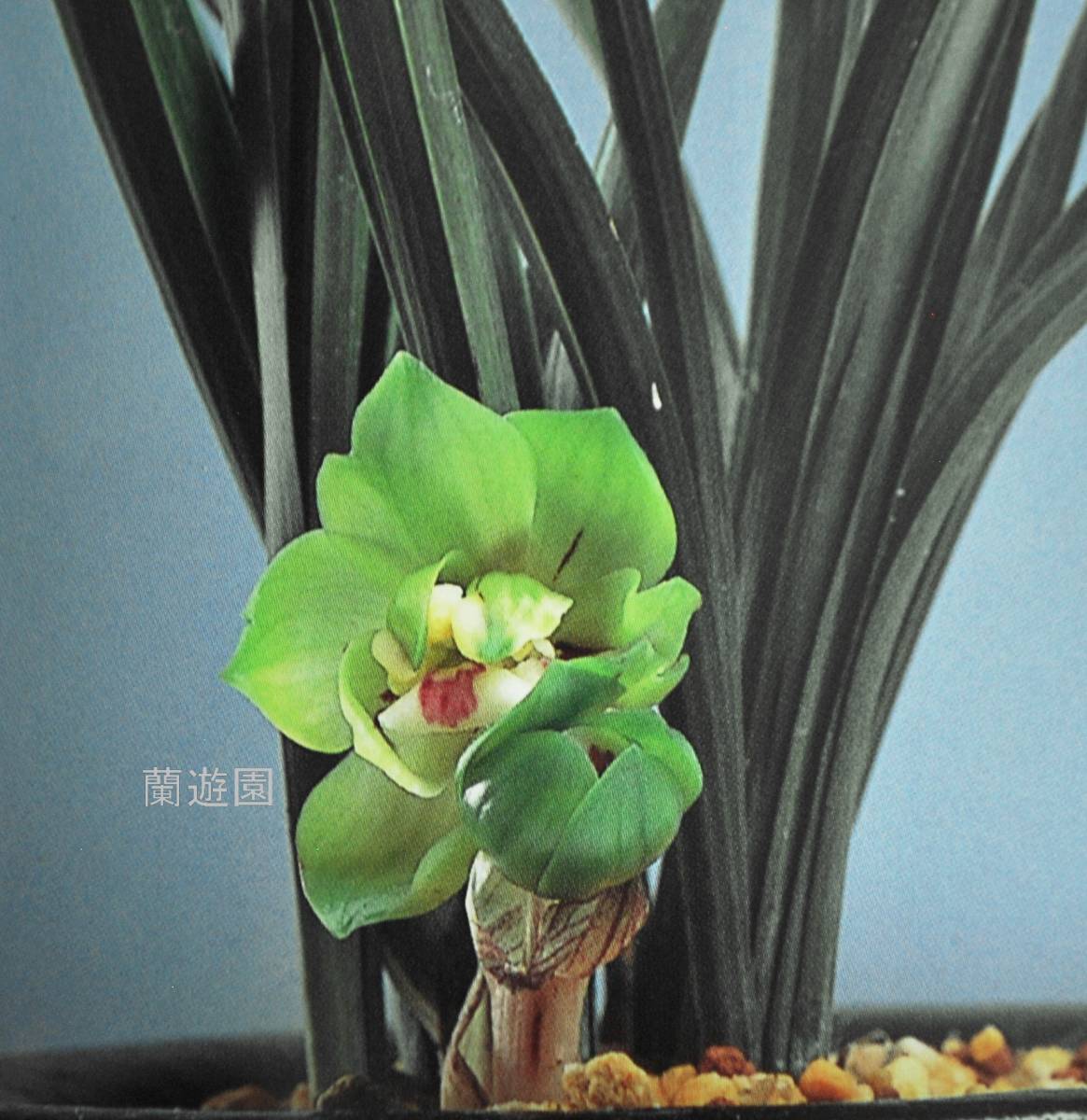How is the Cymbidium goeringii TianCao (Amakusa)?
Cymbidium goeringii in Chinese/Japanese is the Spring Orchid. In the normal biological cycle of a Cymbidium goeringii, the buds are induced/set in the middle of the summer. By early Sept to the end of October, you should be able to see the flower buds peaking out from the top of the pot (about 3-5cm). Then, the flower buds go into dormancy until Winter Solstice. After Winter Solstice, the plants are grown in an ultra low temperature, between 0C-14C (30F-50F) for a period of time (basically just above freezing) so the flower buds will develop properly. The instructions in both Chinese and Japanese books indicate that when you see buds in the summer, you should get rid off the flower buds because the off-season flowers actually weaken the orchids. Here are a couple pictures of Japanese Cymbidium goeringii in my personal collection.
FYI: Tenshin usually bring 2nd/3rd tier varieties that are not collectable to me. As a Chinese, I will never consider any of the varieties he brings. For Chinese Cymbidium goeringii, there are 8 traditional varieties discovered from the Shanghai and Zhejiang Province that are truly classics have withstand time for 200-300 years and are appreciated generation after generation.
I did some research on Cymbidium goeringii 天草 TianCao (Amakusa) that is quite popular in Europe and North America. The Chinese reading for 天草 is TianCao, and the Japanese reading for 天草 is Amakusa. First, this is a Japanese Cymbidium goeringii, from the City of Amakusa. I cannot find information/description of this clone anywhere in any of my Japanese Cymbidium goeringii books, so I suspect that it is just named after the city of Amakusa, implying that there is nothing too outstanding about this clone. There is another Japanese clone called Amakusa-Nisshin (天草日進), both clones look very similar both in flower and the leaves. However, Amakusa-Nisshin is bigger (longer leaf length) and taller flower stem, and has a much bigger flower. When I visited a Japanese Cymbidium goeringii nursery in Japan, compared both clones side by side and Amakusa-Nishhin is far more superior clone than Amakusa. Amakusa-Nisshin is a more majestic clone than Amakusa in my opinion.




















































